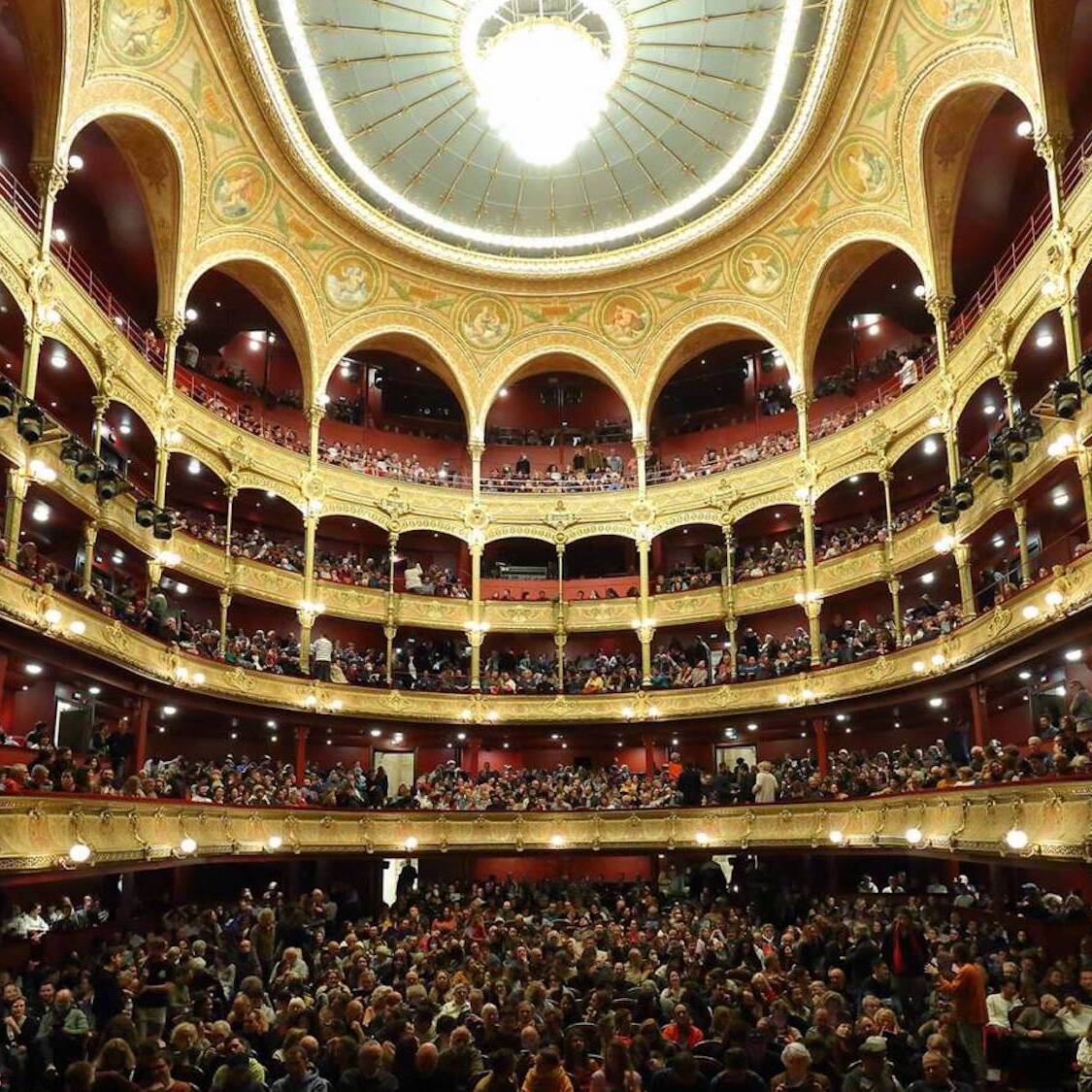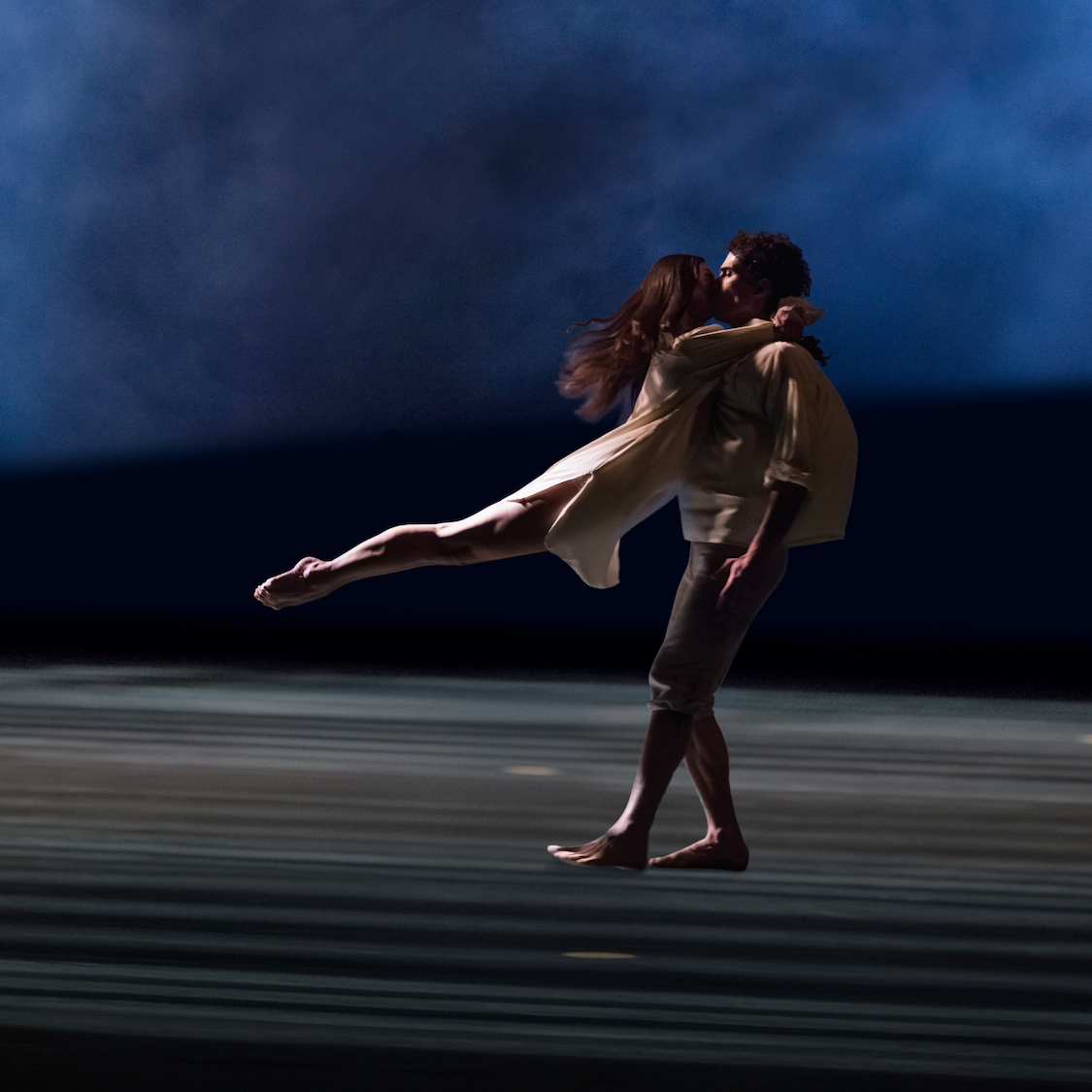Since 2011, the Tourism Day in China has been celebrated on May 19th. This symbolic date brings about events organized by the Chinese Cultural Center in Paris each year to honor the Sino-French friendship. In 2025, this celebration will coincide with the approach of the traditional Duan'Wu Jie, known in French as the Dragon Boat Festival. It's a popular festival that dates back over 2,500 years and pays tribute to the poet Qu Yuan, a major figure in Chinese history from the province of Hubei. Traditionally, people enjoy Zong'Zi (sticky rice dumplings wrapped in bamboo leaves) and watch dragon boat races.
So, it’s only natural that the Chinese Cultural Center has chosen to showcase this region.
, located in the southeast of the country. The Hubei stands out with its diverse landscapes – mountains, lakes, rivers – but also with the richness of its traditions, where music plays a prominent role. On Monday, May 19, 2025, a group of officials – members of Chinese and French diplomacy, UNESCO, as well as those involved in cultural mediation – were invited to a unique event alongside the public to dive into one of the cradles of Chinese civilization and discover the most beautiful offerings of Hubei.
.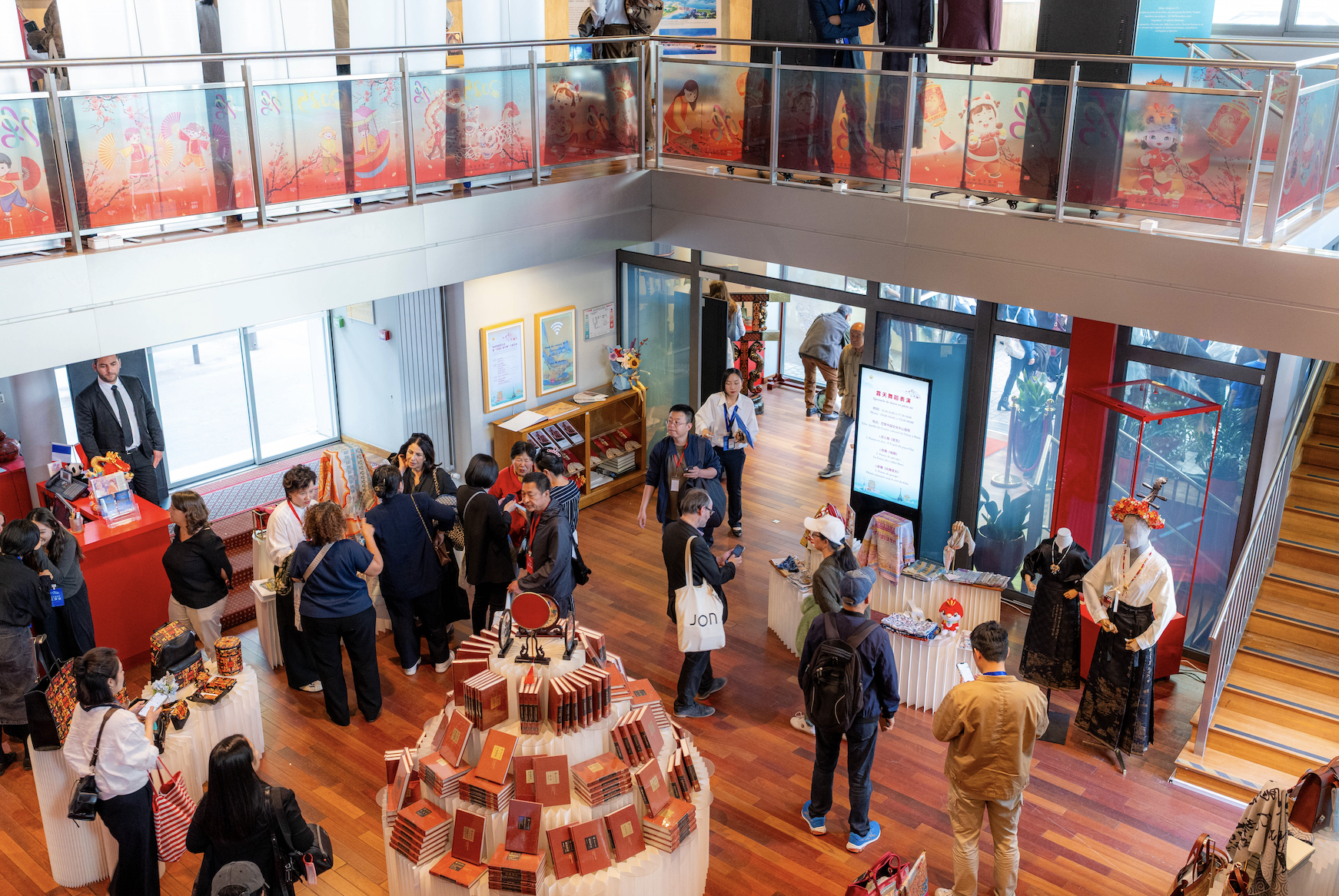 © Hugo Dominguez - Le Bonbon
© Hugo Dominguez - Le Bonbon
“Culture is a powerful force for building peace”
Throughout the gathering, it was through music, guided by poetic and symbolic sounds, that guests were welcomed and gently swayed. They found their rhythm with the bianzhong, a set of 2,400-year-old bronze bells, before marveling at a grand opening performance right at 3:30 PM, featuring six dancers full of grace. Dressed in beautiful silk gowns with flowing sleeves, they hypnotized an enchanted audience gathered in the garden of the cultural center, basking in the warm rays of a particularly kind sun. A sun that everyone had to bid farewell to for a while, as the festivities continued...in the auditorium.
At this official gathering, each honored guest was able to share a few words to highlight the importance of culture in strengthening the ties between China and France, especially at a time when traditionalism and romanticism are eager to engage in dialogue. Didier Bernheim, correspondent of the Academy of Fine Arts, specifically mentioned the “mistreatment of China,” denouncing “the ignorance it faces every day.” He emphasized how vital events like this are to shine a light on a culture that is too often misunderstood and trapped in stereotypes. “Culture is a powerful force for building peace,” reminded Hedva Ser, UNESCO's goodwill ambassador, prompting enthusiastic applause.
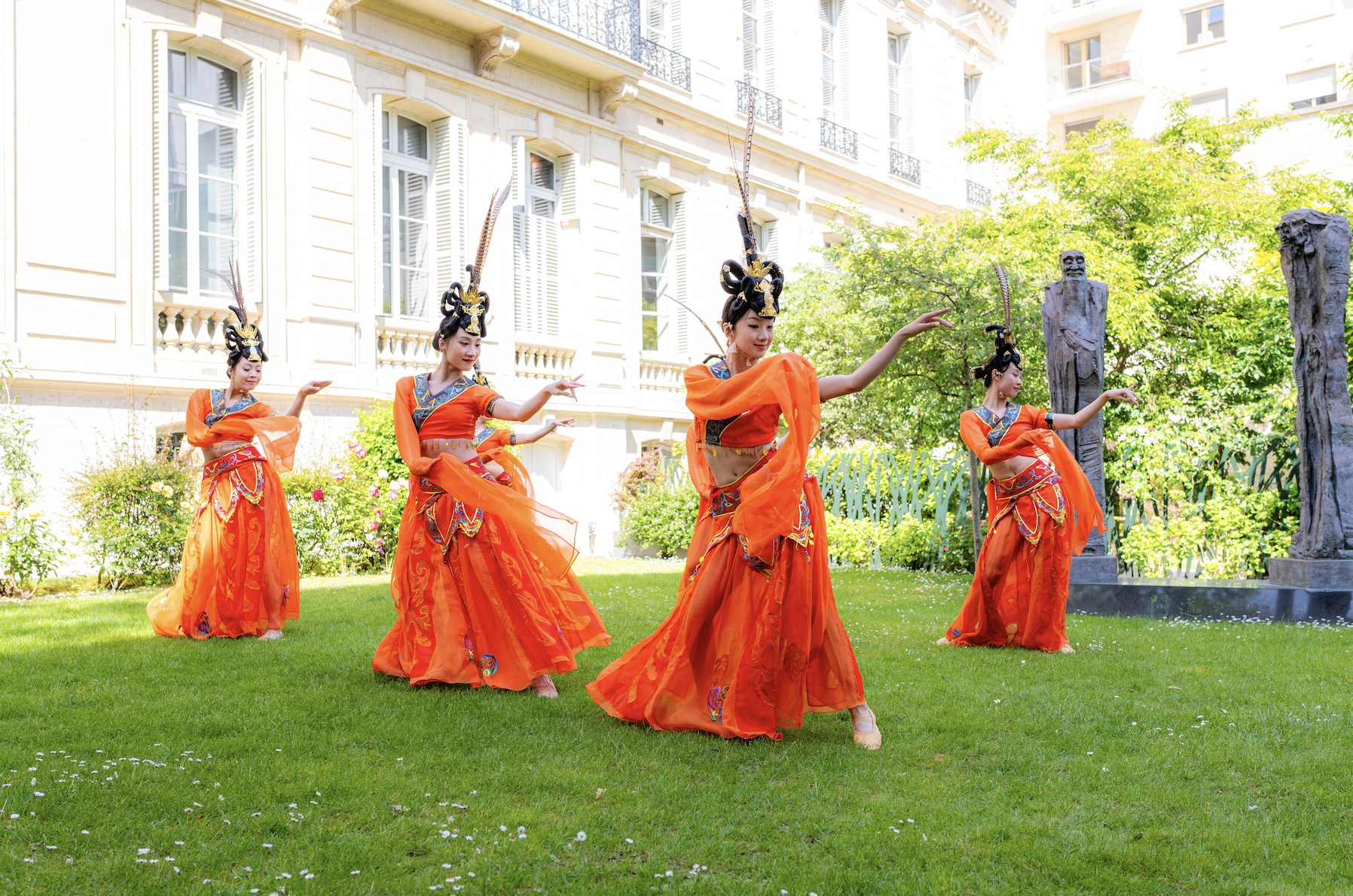
© Hugo Dominguez - Le Bonbon
Music and Gastronomy: Universal Bridges Between Civilizations
Then, just like that, music took center stage. For nearly an hour, a true parade of instruments and musicians filled the auditorium with sounds from the pan flute, the guzheng (a plucked string instrument), the dizi (a traditional transverse flute), and the pipa (a vertical lute). Sometimes it was in the form of an orchestra, and other times featuring solo performances. The audience was moved by folk songs and a heartfelt rendition of La vie en rose, showcasing a spirit of friendly Hubei and mutual appreciation. After yet another round of applause, everyone returned to the garden for a second dance performance.
just as enchanting.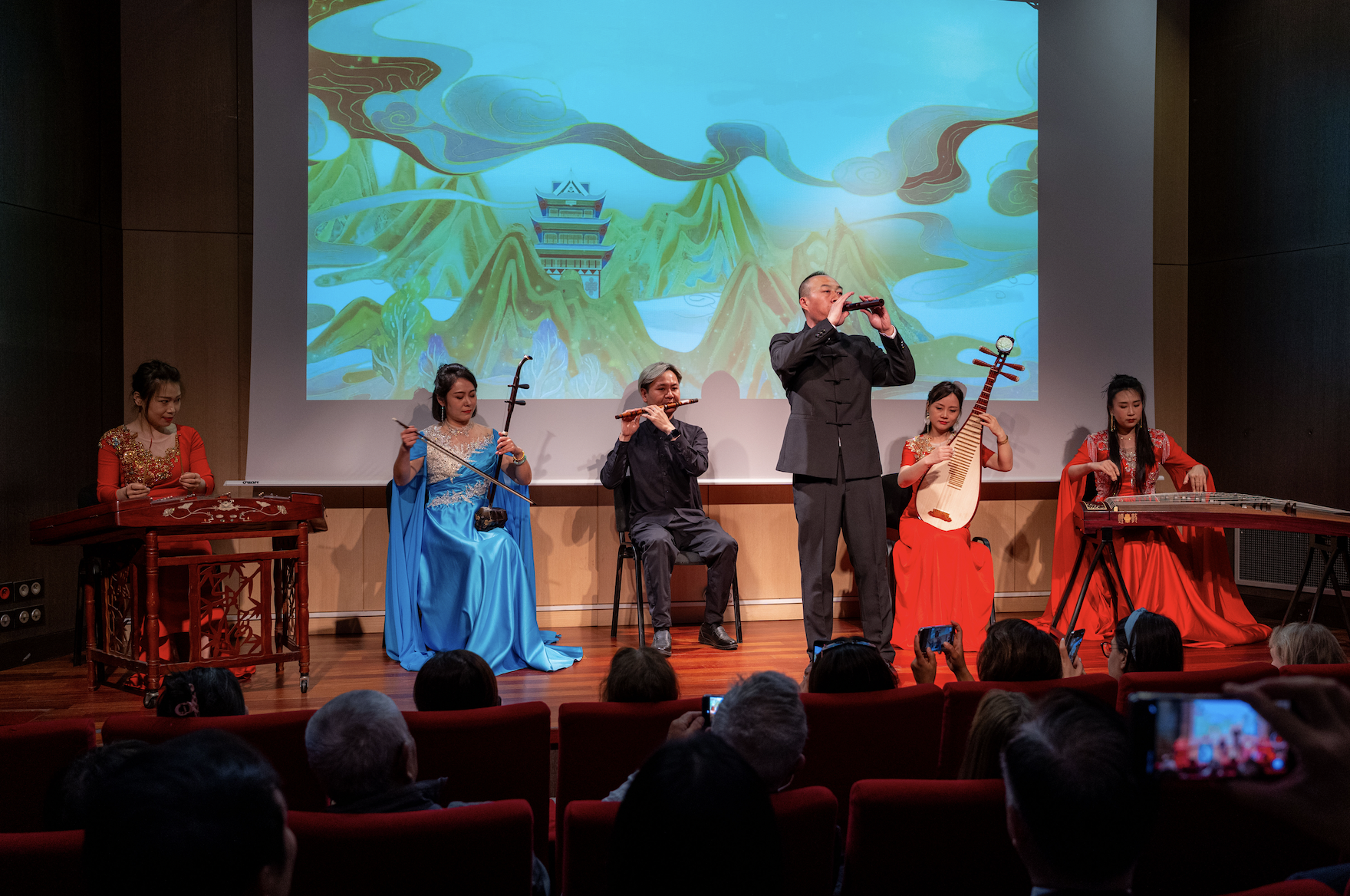
© Hugo Dominguez - Le Bonbon
And because good food is what brings the French people closer to the Chinese people , as Didier Bernheim rightly stated during his speech, the afternoon wrapped up with a grand tasting in the very majestic ballroom of the Chinese Cultural Center. With a glass of champagne in hand, the guests were treated to some amazing Chinese specialties specially prepared by talented chefs from Hubei, including spicy black mushrooms, sticky rice with pork, pearl dim sum, braised fish, and zongzi (rice dumplings traditionally thrown into the water by locals to keep fish away from the body of the late poet Zong’Zi, as the legend goes). It was a wonderful opportunity to raise a toast together!together, with full bellies and peaceful minds, around a feast that's both gastronomic, historical, regional, and international.
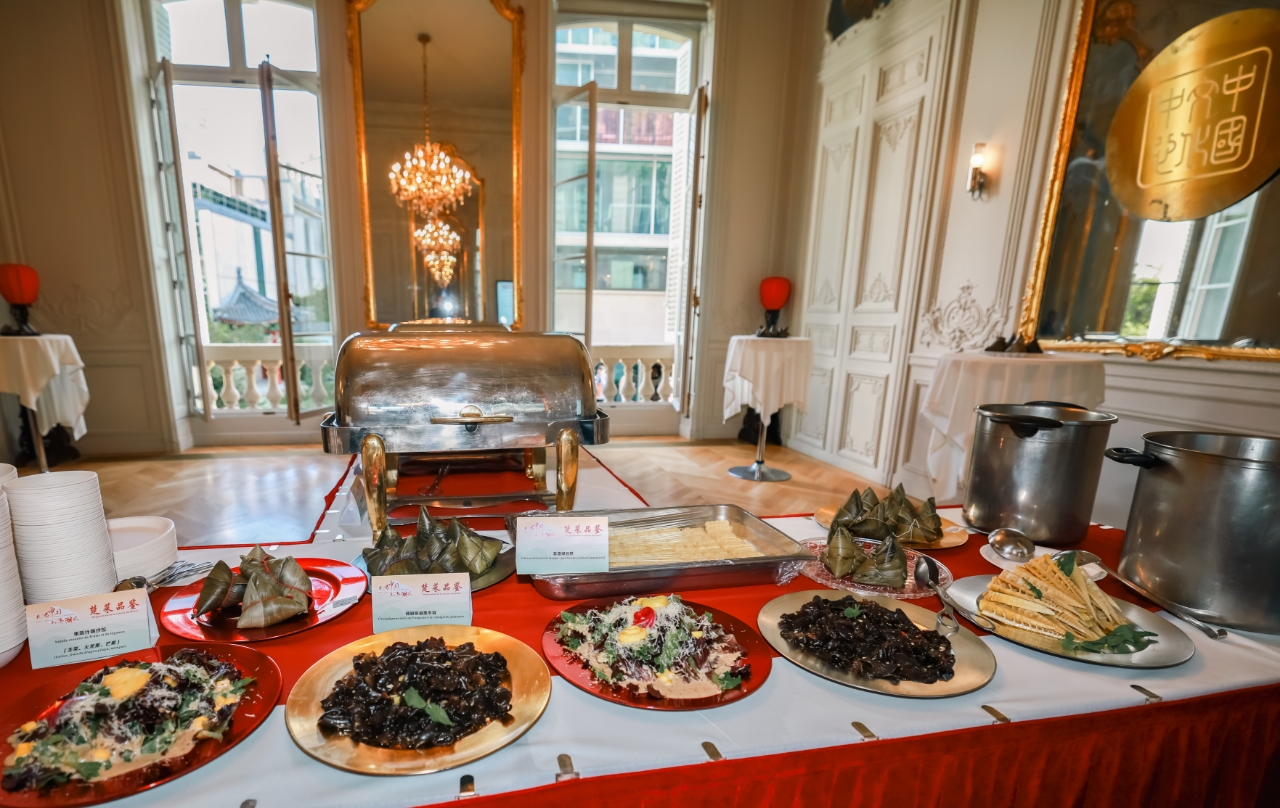 © Chinese Cultural Center
© Chinese Cultural Center
